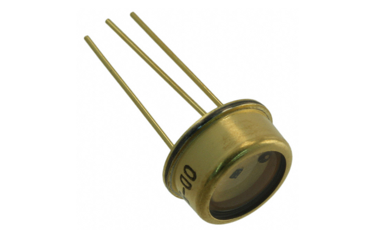Light Emitting Diodes - A Primer

Light Emitting Diodes, commonly known as LEDs, are semiconductor devices designed to transform electrical energy into visible or invisible light. The specific color of the emitted light is determined by the type of semiconductor material used and its composition. LEDs can be categorized into three primary wavelength groups: Ultraviolet (UV), visible, and infrared (IR).
Commercially available LEDs cover a wavelength range extending from 360 nanometers (nm) to 950 nm, with a minimum single-pixel-output power of 5 milliwatts (mW). These LEDs are constructed using specific semiconductor materials from distinct families, regardless of the manufacturer. This diversity in wavelength ranges allows LEDs to find applications in a wide range of industries, from consumer electronics to medical devices and beyond.
Get unlimited access to:
Enter your credentials below to log in. Not yet a member of Photonics Online? Subscribe today.
